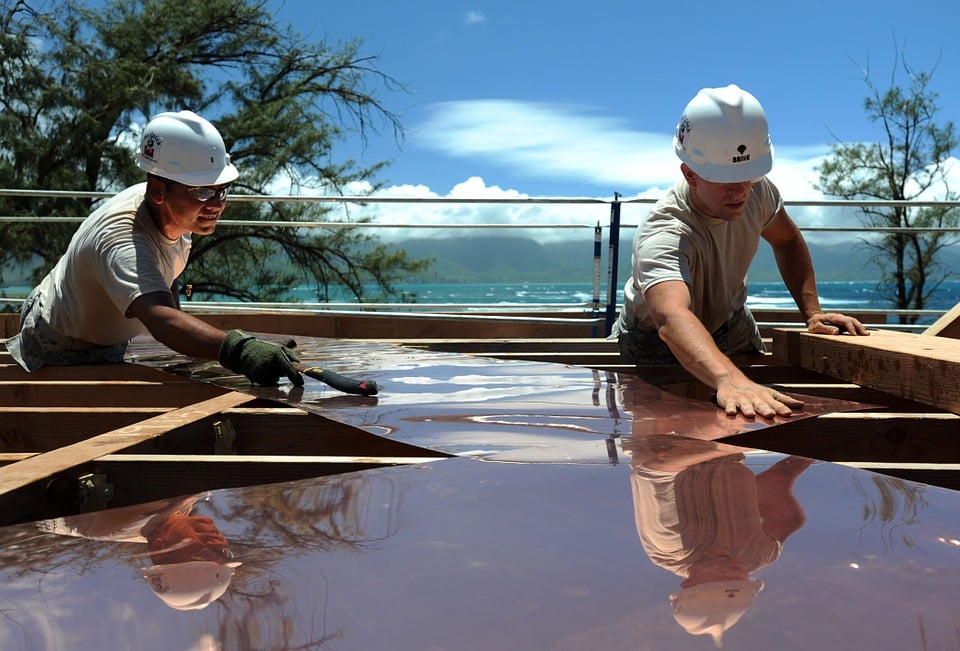Industry
Companies explore alternatives to migrant workers from India and Bangladesh due to COVID-19 pandemic
Countries and companies which have traditionally relied on migrant workers from South Asia, particularly India, Pakistan and Bangladesh, are now exploring other alternatives due to the COVID-19 pandemic. And as India battles with its second wave of COVID infections, companies have no option but to face project delays and disruptions for the time being.
There is not yet any conclusive data on just how badly the coronavirus has impacted migration in South Asia, which is one of the biggest hubs of migrant labor globally, but the few statistics that are available paint a stark picture. India and Bangladesh, two of biggest sending countries in the region, recorded a colossal dip in migration flow in 2020.
According to eMigrate, 368,043 people migrated abroad through the eMigrate channel in 2019. In 2020, that number was 88,694, representing a 75% decrease. Official data from the Bangladesh Bureau of Manpower Employment and Training also reveals decrease in migration outflow in 2020, about 181,218 people compared to 700,159 people in 2019.
Moreover, it was predicted that the economic downturn triggered by the pandemic could have a massive impact on the money sent home by workers abroad, with an October 2020 report by World Bank estimating that remittances in South Asia will fall from USD 135 billion in 2020 to USD 120 billion in 2021.
Singapore is in a labor dilemma after it barred entry or transit for visitors with recent travel history to Bangladesh, Nepal, Pakistan and Sri Lanka. This travel ban, which includes long-term pass holders, came amid a series of moves to tighten Singapore borders as the second wave of COVID-19 in India worsens.
Lawrence Wong, Singapore Education Minister, who co-chairs the COVID-19 multi-ministry taskforce, acknowledged that this will have an impact on industries such as construction, and that many small and medium-sized enterprises in Singapore and contractors will be affected. On April 26, the Building and Construction Authority had said it would be looking at importing workers from China.
Also Read: Restaurants offer direct customer service with discounts, skip delivery aggregators
However, not many companies are keen on this. Alan, a manager in the construction industry, said the cost of hiring workers from China will shoot up as demand increases. “As it is, the daily rate for a Chinese worker is about S$200 to S$300 per day. With this move, don’t be surprised that the cost will go up 30% to 40% for each worker,” he said. “However, I also think many companies will hold back on hiring more Chinese workers, as they don’t have the budget to. And this will lead to many project delays.”
Kenneth Loo, COO of Strait Construction, told CNA that the situation is very tight and manpower was short before the travel restrictions kicked in. He estimates that there is 30 to 40% shortage of workers. “There was a net decrease of workers from the system practically the whole of last year, now with the stoppage from India that makes the whole scenario even more challenging.” Loo said that while workers from China can fill some gaps, fewer are willing to come to Singapore as economic opportunities in China improve.












































Pingback: India Inc has stepped up with a helping hand through various initiatives like testing vaccination camps, medical help and resource access for COVID-19 care.